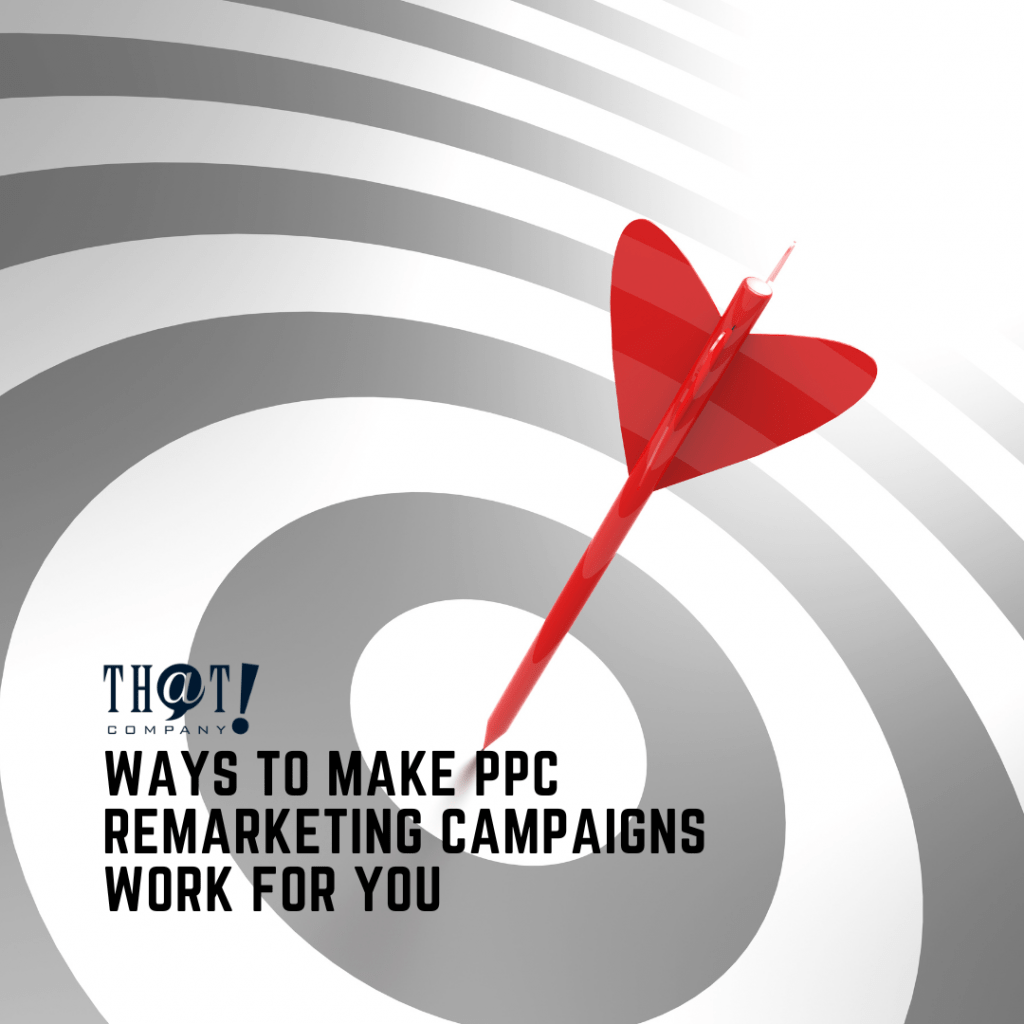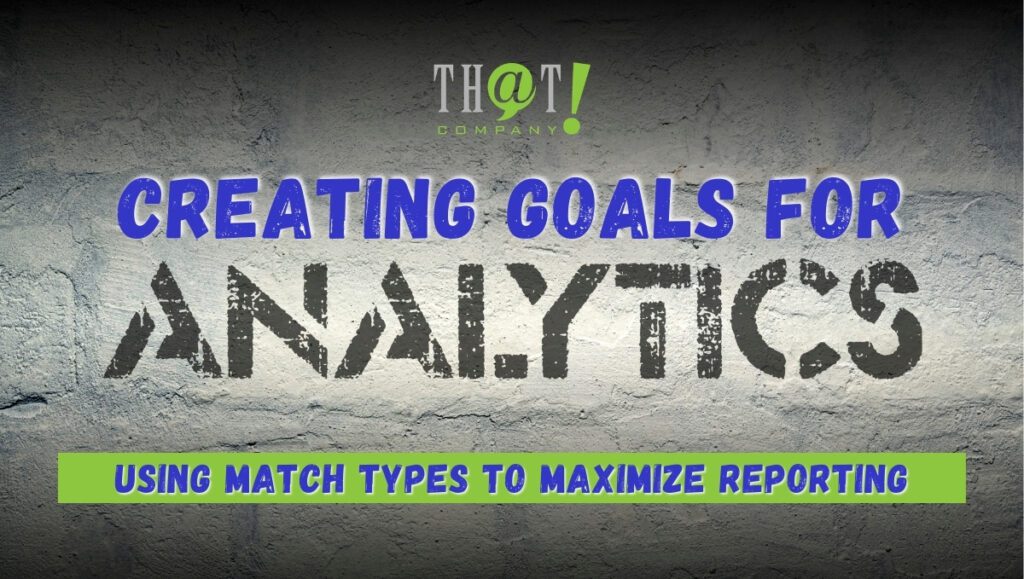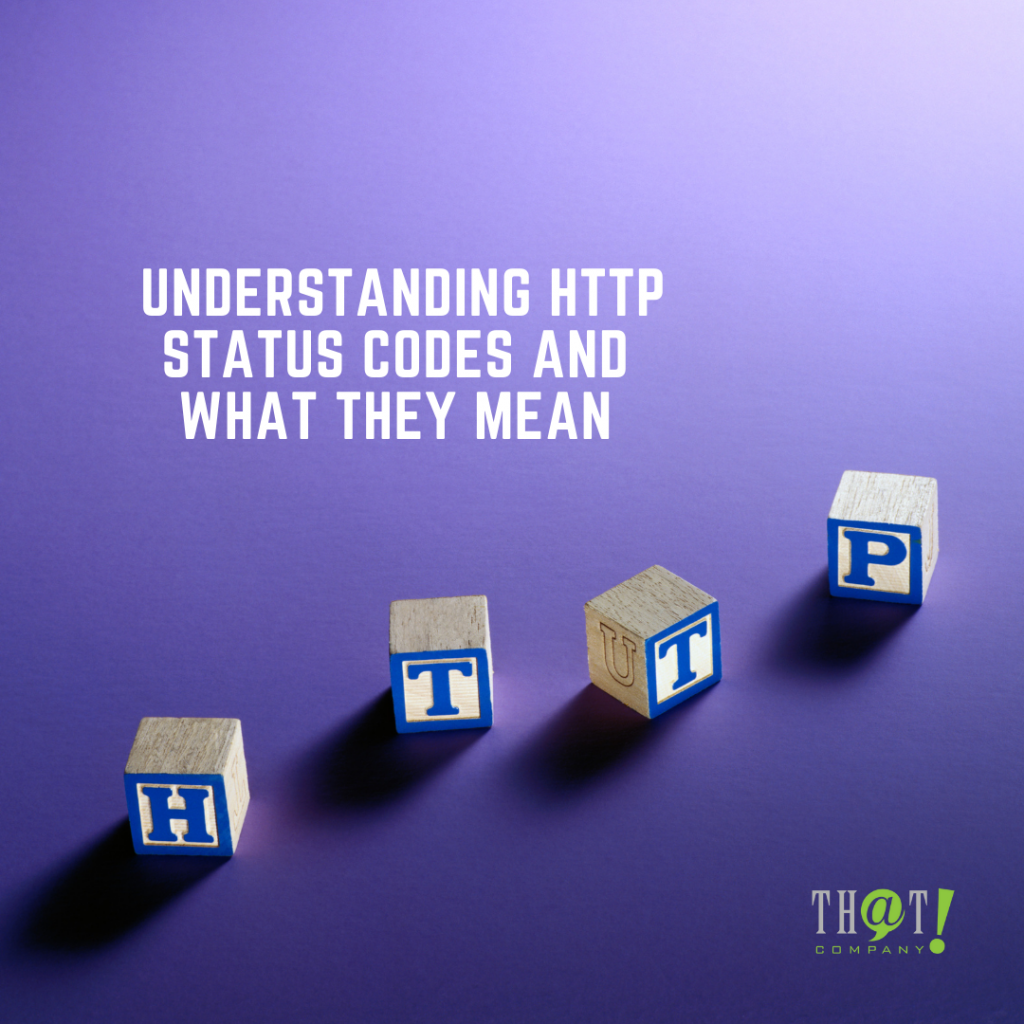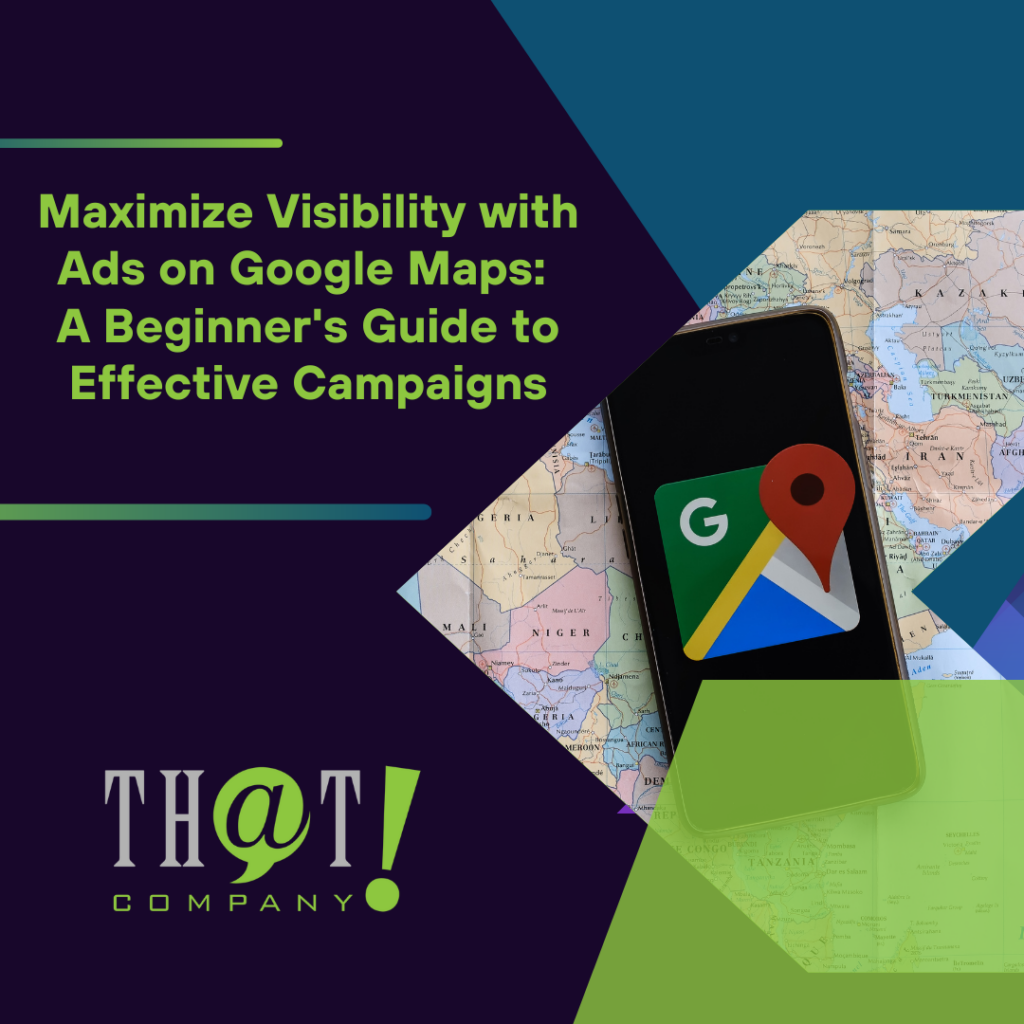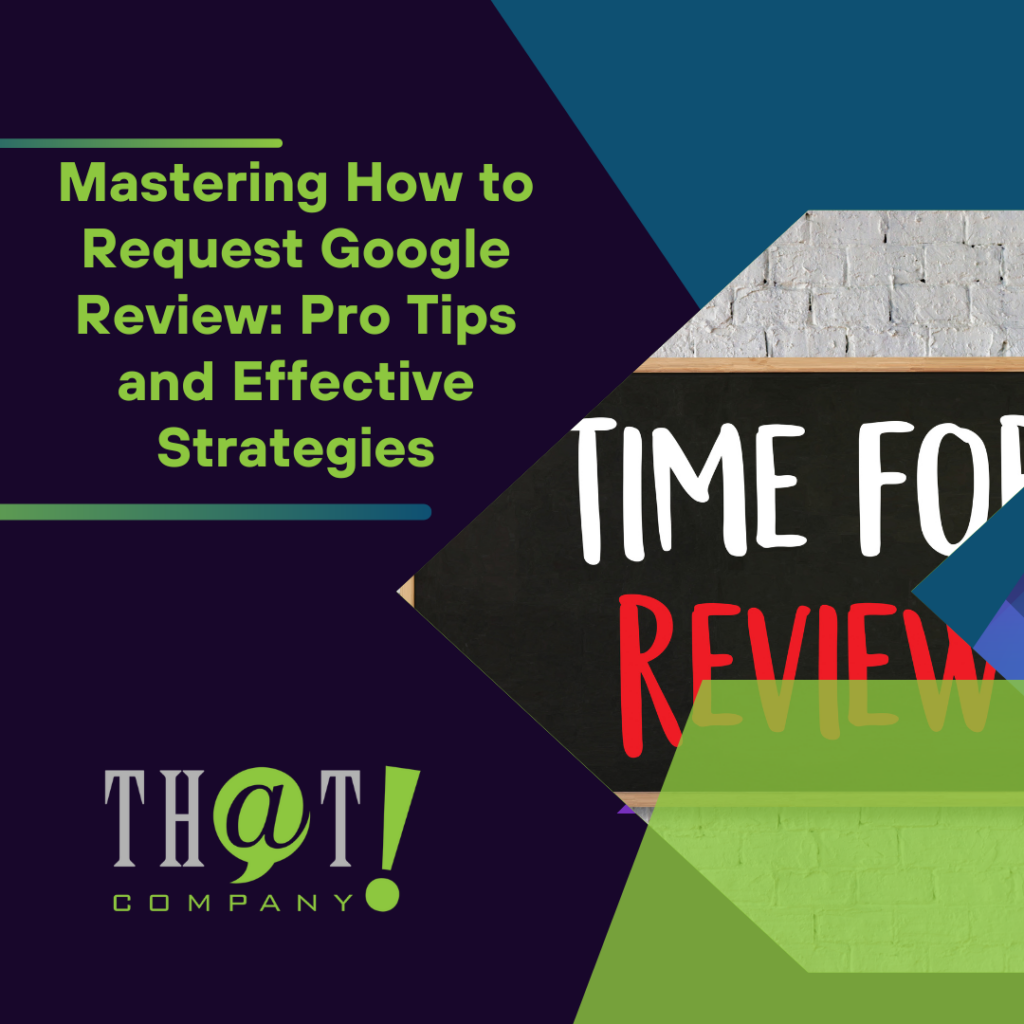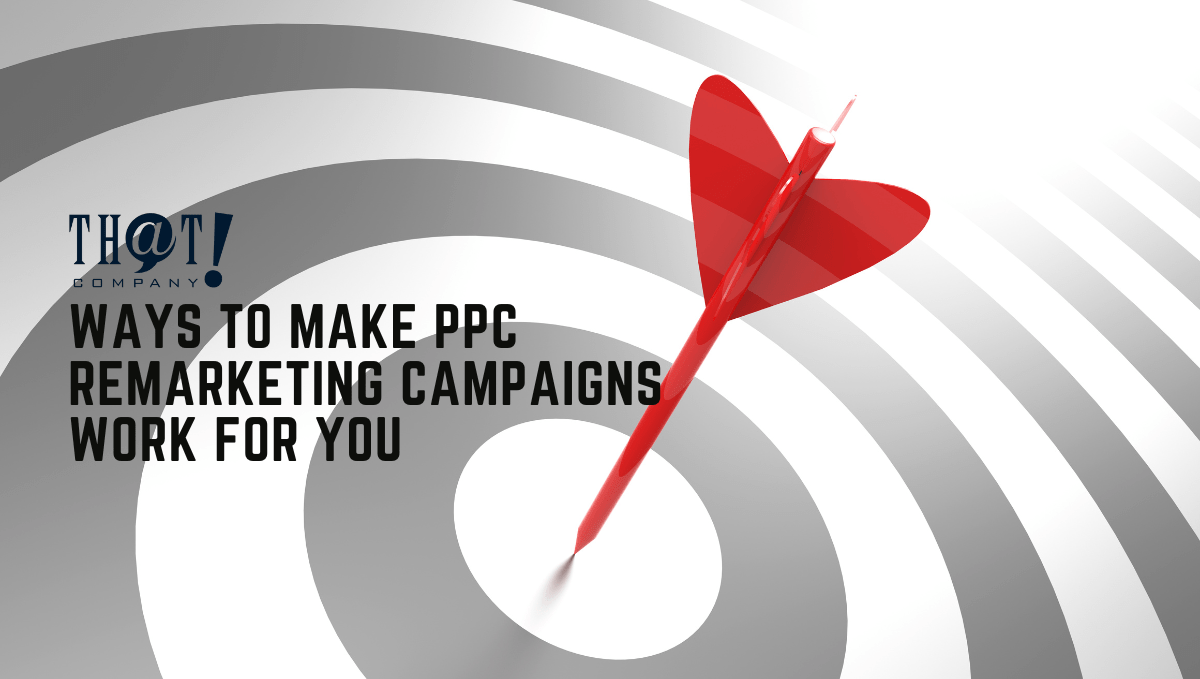
Clients ask us all the time, “What marketing strategy will work the best for us and our budget.” And that answer will vary greatly depending on many factors like their industry, their assets, resources available, and so forth. But that question can be quite deceiving and what they are typically wanting to know is what will get them the best return on their investment. And even that is a detailed and customized answer as it all depends on the solution that will best complement their assets and solve their needs, but the one thing that I would always recommend is remarketing.
Remarketing compliments every marketing solution and just makes them perform better. It’s like making orange juice, you can hand squeeze the oranges, or you can use a different solution, like a juicer, to get even more out of each orange. It will help make your other marketing solutions perform even better and help increase your return on investment across all channels. Now let’s look further into why it’s so effective. After all, since we are the best white label PPC management company we should be able to share how this stuff will help you!
Search engines like Google use artificial intelligence technologies to allow businesses to deliver display advertising or standard text adverts to past website visitors. Use the strong display ad networks of Google and Bing to distribute retargeting advertising.
This type of digital advertising is more targeted and tailored to each user rather than a general display ad that targets specific search phrases. Relevance is the key thing to remember in digital remarketing advertising. Ads promoting a company’s products are very relevant to someone who has already visited its website or browsed its items.
Remarketing is more like an ad-filtering tool that consumers use when surfing the internet. It displays advertising to the user that is relevant to them based on previous surfing patterns. PPC remarketing is a technique for re-engaging potential buyers who have previously expressed interest in a brand, service or product.
It allows you to remind these consumers about your company and persuade them to make the purchase they didn’t make the first time they came to your site.
PPC Remarketing may help organizations target customers who, for example, added a product to an online shopping basket but never completed the transaction utilizing the most potent kinds of digital analytics.
While digital remarketing does not often generate the same click-through rates as traditional pay-per-click advertising, it is a means to reinforce your brand with potential consumers who have previously shown an interest in your business. Because customers spend the bulk of their online time away from search engines, it’s critical to take advantage of Google’s robust display ad network, which places advertising on websites across the internet.
When it comes to digital remarketing, Google has many alternatives. On their networks, you may engage in ten different sorts of remarketing.
Remarketing code for Google Analytics
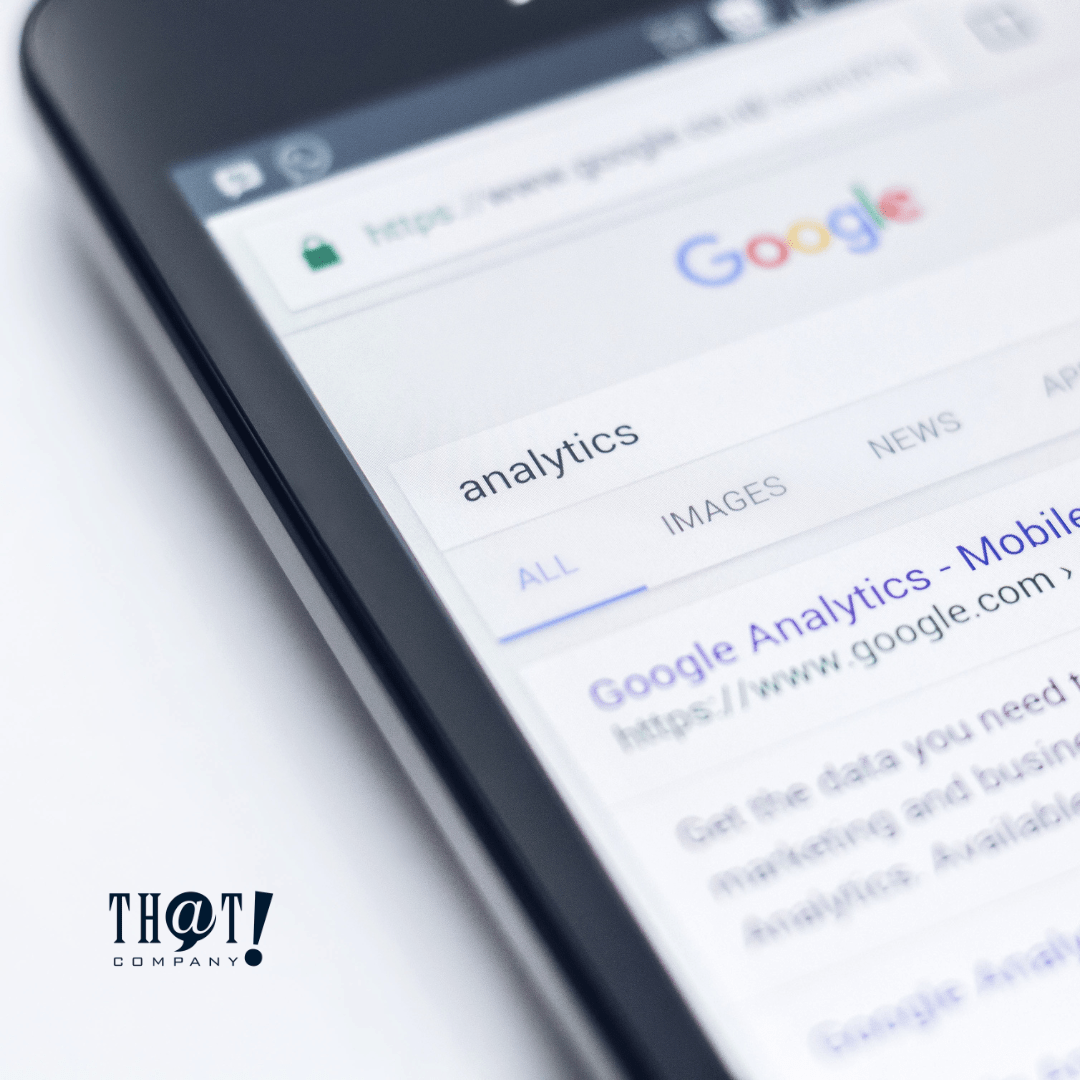 Using your Google Analytics account is the most straightforward approach to launching a remarketing campaign. Remarketing Google Analytics is the most comprehensive type since it allows you to target past site visitors and send them an ad. If you’re not going to use Google’s Dynamic Remarketing, this is frequently the most effective approach to execute a remarketing campaign. This remarketing allows you to target past site users based on their activity, using it to create a list.
Using your Google Analytics account is the most straightforward approach to launching a remarketing campaign. Remarketing Google Analytics is the most comprehensive type since it allows you to target past site visitors and send them an ad. If you’re not going to use Google’s Dynamic Remarketing, this is frequently the most effective approach to execute a remarketing campaign. This remarketing allows you to target past site users based on their activity, using it to create a list.
For example, you could wish to target prior users to your site who came from a specific geographic location and stayed for at least two minutes. You can accomplish this by employing the Google Analytics code on your website to track each visitor’s time spent on the site and their geographical location, allowing your lists to display the relevant advertising later.
Remarketing code for Google Ads
Like the Google Analytics remarketing code, the Google Ads remarketing code allows you to target past site visitors based on criteria you select on lists you create. Apart from implementation changes, the significant difference is that the Google Ads code only allows you to create lists based on select pages on your site rather than your entire site. However, depending on the consumer you want to remarket to, this may be a better option.
For example, you only want to target users who added a product to their online shopping basket but then left your site, the Google Ads remarketing code would be the easiest way to do it. However, you must be aware that doing so would restrict your possible audience.
Alternatively, you’ll need to set up numerous remarketing campaigns if you want to target people who visit different pages on your site.
Google Search Ads Remarketing Lists (RLSA)
This function is like Google Ads; however, instead of targeting web browsers through Google’s Display Network, it targets prior Google Search Network visits. It will display remarketing advertisements based on your specific targets while consumers search for other things on Google and Google’s search partner sites.
[bctt tweet=”PPC remarketing is a technique for re-engaging potential buyers who have previously expressed interest in a brand, service or product.” username=”ThatCompanycom”]Remarketing using Google Video
Video is becoming increasingly popular in digital display advertising, and this feature allows you to make use of it. You may use Google Ads to send ads to the users who have visited your YouTube channel or other videos.
videos.
Remarketing with Google’s Email List
You may use this functionality for remarketing to your customers if you have a list of their emails.
You may offer these potential consumers advertising when they are registered into their Google Search, Gmail, or YouTube accounts by uploading your email lists to Google Ads as a custom audience – make sure you exclude your last converts by separating your lists of those that have purchased and those that have not. They really do need to see a different message.
Google Remarketing (Dynamic)
Dynamic PPC Remarketing employs machine learning to determine what potential buyers are looking for on your site, then combines that knowledge with demographic data to match the consumer to products in your feed.
Let’s pretend I went to Amazon.com to hunt for a chair for my new apartment but didn’t buy any of the items I saw. When I go to other websites, Dynamic PPC Remarketing will provide me with a selection of these items in the same way that traditional Product Listing Ads do.
Finally, it will send the dynamic advertising you generate to your custom lists in various sizes and formats, including mobile-friendly HTML5.
Google Dynamic Prospecting
Dynamic Prospecting is a step beyond Dynamic Remarketing.
Instead of focusing on prior site visitors, Google’s AI technology focuses on prospective new visitors and buyers. Essentially, this sort of advertising will target potential consumers based on what they are looking for in general rather than whether they have visited your website.
 Google’s Dynamic Prospecting tool examines the goods in your feed. Then, it ranks them based on performance and relevance to identify which advertisements are most likely to resonate with each potential consumer. You may target the consumers who could be your most outstanding prospects by using the enhanced capabilities of one or more types of remarketing advertising on Google. Take advantage of those who previously expressed interest in your product or service.
Google’s Dynamic Prospecting tool examines the goods in your feed. Then, it ranks them based on performance and relevance to identify which advertisements are most likely to resonate with each potential consumer. You may target the consumers who could be your most outstanding prospects by using the enhanced capabilities of one or more types of remarketing advertising on Google. Take advantage of those who previously expressed interest in your product or service.
As you can see, there are many options to utilize remarketing to help you achieve success. Depending on your needs and the assets available, there is a solution that will help you get more for your budget. Of course, with white label services, like ours you don’t need to study how to do better on Google Ads. You can let us do the heavy lifting!
Written by, Merton Clemence

